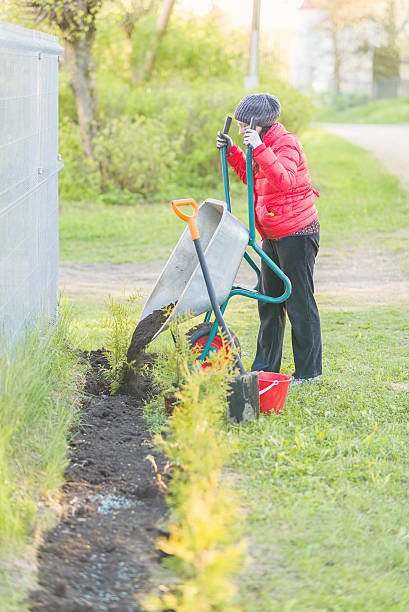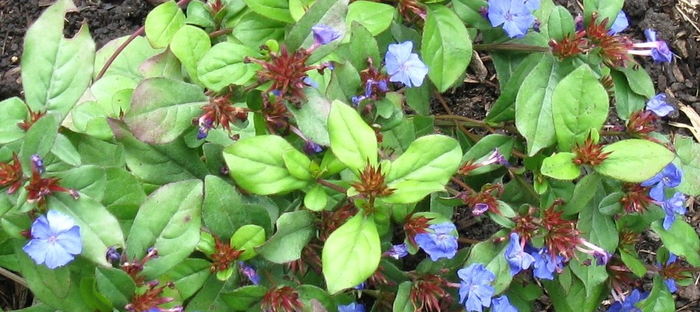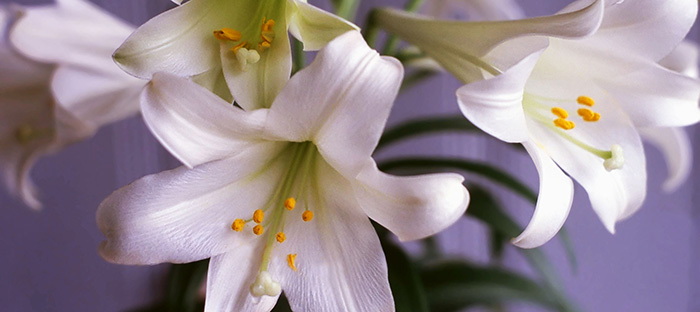Wild species suffer a drastic loss of habitat as vegetation is cleared to make way for urban developments. This makes it harder for city dwellers and wildlife to interact.
According to studies, a deficiency in nature can lead to anxiety or depression in people living in cities. Birds provide a connection that is both accessible and attractive. Bird communities that thrive in cities have a positive impact on the health and well-being of people.
Aotearoa is a popular place to feed birds. Around half of New Zealanders feed birds in the garden, primarily with bread and seeds. This attracts mainly introduced grain-eating species, such as house sparrows. Starlings. Blackbirds. And spotted doves. These birds will compete with native species, including invertebrates, for food and space.
Attracting nectar-feeding birds
Sugar water is a good alternative to nectar for birds that drink it, such as the tui and korimako/bellbirds. It also works well with tauhou/silvereye. This is especially beneficial to native birds during winter when nectar can be scarce. It increases their chances for a good breeding season in spring.
Is concerned about sugar feeding, as it may cause an accumulation of pathogens and health problems. It could also make birds dependent upon supplementary feeding. Sugar feeding may reduce seed dispersal and pollination by reducing the number of birds visiting native plants. It could also put birds at higher risk of predators.
This study was the first to be conducted in New Zealand to examine how sugar water feeding affected backyard bird communities. We looked at which birds were visiting, how they interacted with each other, and their physical health.
Using the right feeders
In order to understand the current sugar-water-feeding practices, we analyzed 990 responses collected from an online survey conducted in New Zealand. The results showed that there were many different feeding methods, but the type of feeder was crucial in determining which birds visited backyards.
Some feeders are specifically designed only to attract native nectar-sipping birds. Author provided CC-BY-SA
The use of feeders designed specifically for nectar-eating birds was successful in attracting native species. Still, non-specific feeders such as open dishes or simple containers also attracted introduced bird species.
The bird has to push the guard aside with its narrow beak and stick its tongue out of the feeder cover in order to drink the nectar water. Introduced birds, who are not nectar-feeding specialists, do not possess the correct tongue and bill shapes or behavior to drink sugar water from these feeders.
The tui has a narrow beak, and its tongue is designed for sipping nectar. Shutterstock/Don Hogben
Winter frenzy
We then looked at how the seasons affect bird behavior, including their foraging habits and aggression. Winter birds were more aggressive towards other birds who used the feeder, visited more feeders, and spent more time foraging. Winter feeding may help birds survive when food is scarce.
Auckland tui was also observed in winter backyards, where we added feeders with low sugar concentrations (half a teaspoon of sugar per liter of water) or higher sugar concentrations (one tablespoon/liter). Tui stayed longer at feeders with low sugar concentrations, but they were more aggressive when feeding at higher sugar concentrations.
The birds are forced to forage for energy longer on low-calorie sources, while sugar water with high calories is fiercely protected as a valuable source. The presence of feeders did not affect the number of backyard bird species.
Read more: Canaries in the Coal Mine: Why Birds Can Tell Us So Much about the Health of Earth.
Bird health
We also evaluated the effect of seasons, climate, and sugar-water feeders on the body condition and prevalence of disease in birds. Results of previous overseas research showed that individuals in gardens without feeders had better health than those in gardens with feeders.
In Auckland, the body condition of birds in gardens with feeders was better. This was due to the milder climate. It also improved in summer when temperatures were higher.
Sugar-water feed was also linked to a higher risk for coccidia infections, which can cause loss of pigmentation and diarrhea or even death in severe cases. Our screening found no salmonella on any individual or at any feeding station.
In a similar backyard feeding in Auckland, using bread and seed, 7% tested positive for Salmonella. This indicates that house sparrows who visit feeders that are easy to access by many birds can contribute to the risk of pathogen transmission for nectar-eating birds and possibly people.
Bird-feeding Guidelines
We make the following recommendations based on our research:
Do not feed birds bread or seeds, as they will only increase the number of introduced species.
Choose commercially available sugar water feeders (Tui Nectar feeder(tm), Topflite Nectar Nutra feeder(tm), PekaPeka®) instead of open dishes to exclude introduced bird species.
Provide sugar water in winter only and stop in spring and summer. This will allow birds to eat natural food, pollinate the plants, and reduce the risk of bacteria growing in hot weather.
In winter, we recommend using about 1 cup of sugar for every liter of water. This sugar concentration is linked to a better body condition in birds than other sugar solutions.
To minimize the risk that bird diseases will spread, clean all feeding structures thoroughly two to three times per week with hot water.
Attach the feeder to a high post, away from fences and trees to reduce the risk of cats preying on birds.
It is a cost-effective and attractive way to interact with wildlife. It is important to note that supplement feeding is not a solution for urban birds.



